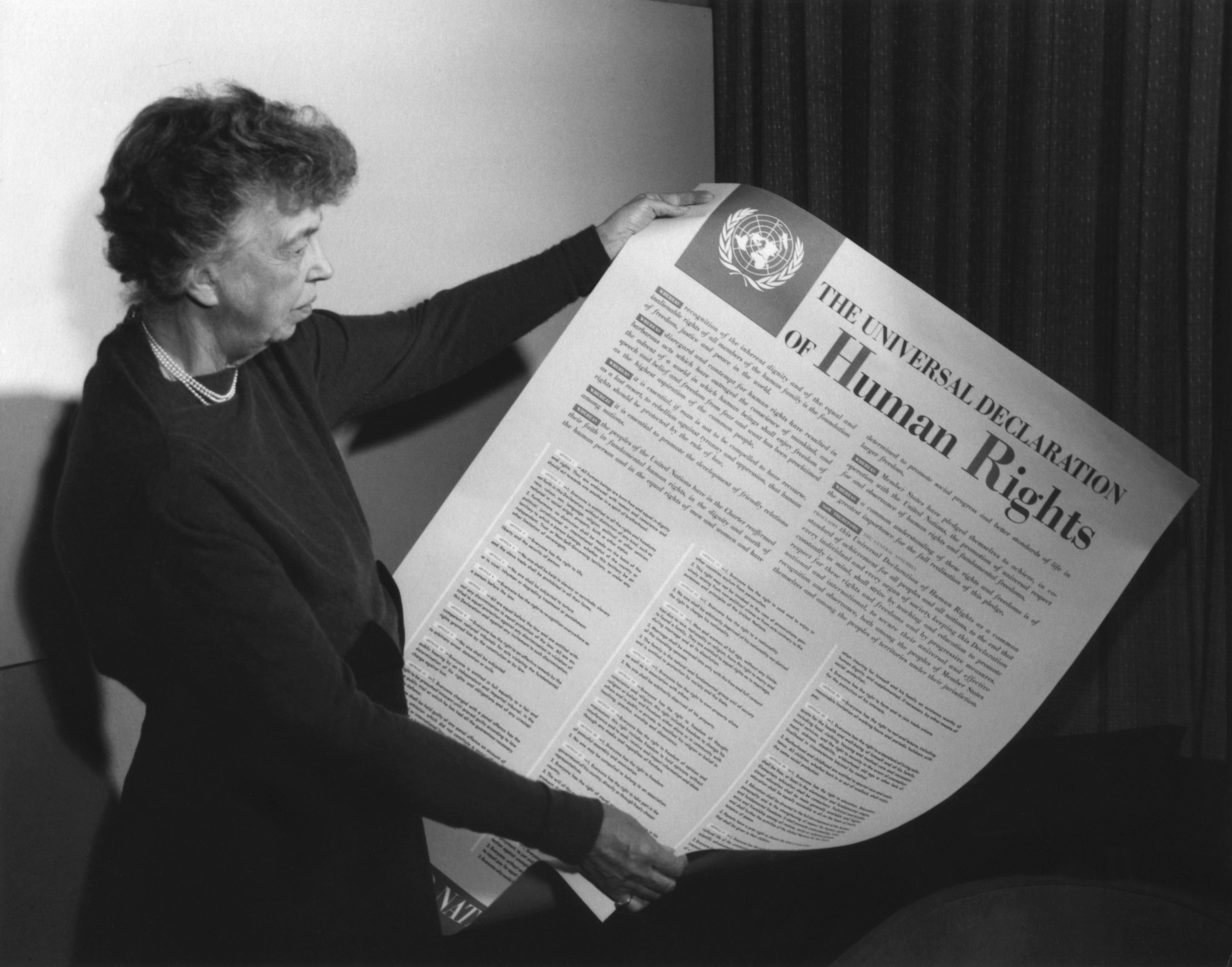|
Metadata Retention In Australia
The ''Telecommunications (Interception and Access) Amendment (Data Retention) Act 2015'' (Cth) is an amending Act of the Parliament of Australia that adds to the '' Telecommunications (Interception and Access) Act 1979'' (the Principal Act) to introduce a statutory obligation for Australian service provider to retain, for at least a period of two years, particular types of telecommunications data. The Act was passed with bipartisan support in April 2015, and was the third tranche of national security legislation passed by the Australian Parliament since September 2014. The data retentiom obligation included the following types of data: - subscriber information - the date, time and duration of a phone call; - the location of the device from which a call was made - the IP address of the device from which a webpage was searched - the unique identifier number assigned to a particular mobile phone of the phones involved in each particular phone call; - the email address from wh ... [...More Info...] [...Related Items...] OR: [Wikipedia] [Google] [Baidu] |
Parliament Of Australia
The Parliament of Australia (officially the Parliament of the Commonwealth and also known as the Federal Parliament) is the federal legislature of Australia. It consists of three elements: the Monarchy of Australia, monarch of Australia (represented by the Governor-General of Australia, governor-general), the Australian Senate, Senate (the upper house), and the Australian House of Representatives, House of Representatives (the lower house).''Australian Constitution's 1– via Austlii. The Australian Parliament combines elements from the British Westminster system, in which the party or coalition with a majority in the lower house is entitled to form a government, and the United States Congress, which affords equal representation to each of the states, and scrutinises legislation before it can be signed into law. The upper house, the Senate, consists of 76 members: twelve for each States and territories of Australia, state, and two for each of the self-governing States and terr ... [...More Info...] [...Related Items...] OR: [Wikipedia] [Google] [Baidu] |
CrimTrac Agency
CrimTrac was a former Agency in the Attorney-General's Department that was merged with the Australian Crime Commission on 1 July 2016 to form the Australian Criminal Intelligence Commission. Crimtrac had been responsible for developing and maintaining national information-sharing services between state, territory and federal law enforcement agencies. CrimTrac worked in partnership with Australia's police agencies to provide services that allowed police to easily share information with each other across state and territory borders. CrimTrac's information-sharing capabilities were specifically designed to equip police with the information needed to make decisions to assist in investigating and preventing crime. Under the Australian Constitution, each state and territory is responsible for maintaining law and order within its borders, with the Australian Federal Police serving the Commonwealth. Criminals have exploited borders to avoid detection, but when police have a national vie ... [...More Info...] [...Related Items...] OR: [Wikipedia] [Google] [Baidu] |
Human Rights (Parliamentary Scrutiny) Act 2011
Human rights are universally recognized moral principles or norms that establish standards of human behavior and are often protected by both national and international laws. These rights are considered inherent and inalienable, meaning they belong to every individual simply by virtue of being human, regardless of characteristics like nationality, ethnicity, religion, or socio-economic status. They encompass a broad range of civil, political, economic, social, and cultural rights, such as the right to life, freedom of expression, protection against enslavement, and right to education. The modern concept of human rights gained significant prominence after World War II, particularly in response to the atrocities of the Holocaust, leading to the adoption of the Universal Declaration of Human Rights (UDHR) by the United Nations General Assembly in 1948. This document outlined a comprehensive framework of rights that countries are encouraged to protect, setting a global standard ... [...More Info...] [...Related Items...] OR: [Wikipedia] [Google] [Baidu] |

